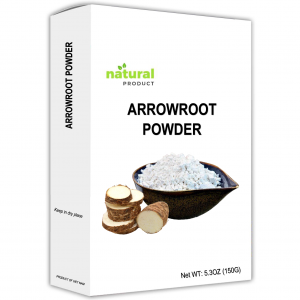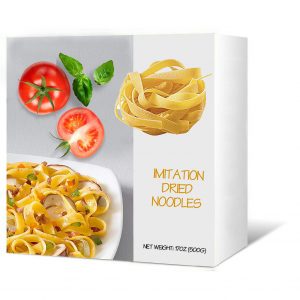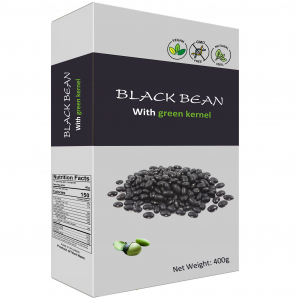VIETNAMESE QUANG STYLE NOODLES_ YELLOW
Item details
Product description: VIETNAMESE QUANG STYLE NOODLES_ YELLOW
Product number: 3107
Packaging: Customized packaging
I. Introduction
Noodles is one of the world’s most accessible foods. Nearly every country has its own unique version of this popular, inexpensive staple.
There are many stories about the origin of noodles and the history of noodles is difficult to trace for several reasons. This is a reference to the dough, made from a combination of flour and water or eggs – all simple components that have been around for centuries.
There are thousands of varieties of noodles around the world, according to the classification of the shape of noodles, seasoning gravy, cooking craft, and so on. Many noodles have local characteristics, noodles also represent innovation, history and flavor, It reflects the cultural traditions and customs of many local diets: Mediterranean, Asian and Latin American. Since noodles has long been a food of the common people, noodles are accepted by people from all over the world – one of the most popular foods on the planet!
HBMfood was born of a vision of combining simple, fresh and seasonal ingredients to create an unforgettable culinary experiences.
Our noodles is produced with the best grains and ingredients coming from organic agriculture. It’s completely free from pesticide, GMOs and whatever is artificial. Only 100% Natural noodles. The slow drying process prevents the loss of proteins and flavour, rich in proteins and fibers.
We pride ourself in sourcing only the best ingredients from local producers & marrying them with authentic Vietnamese flavors, bringing your guests an unforgettable dining experience.
Thanks to our commitment to preserve the Vietnamese authentic tradition of noodles, we provide a top quality product to our customers.
Ingredients: Rice flour, tapioca starch and salt.
Storage: Keep in a cool, dry place, avoid direct sunlight.
II. How to eat
- Serve noodles in broth with other ingredients.
- Serve noodles accompanying sauce or soup.
- Noodles are also served in a salad.
- Serve the noodles pain or with dipping sauce or oil added to table.
- Stir fry noodles with various seafood, meats, dairy products and vegetables.
- Serve noodles in broth.
- In Far Eastern cuisine, noodles are used to accompany sauces, soups and stir fried dishes.
III. Are you interested in private labeling?
- Contact us, select your product and create your own private label.
- You can choose from the following lines: Noodles and macaroni.
- Make your products unique while respecting the environment: choose your packaging with our different formats and 100% recyclable materials.
- Our graphic team can assist you with the creation of your brand with a captivating and eye-catching packaging, which will help your business grow, while respecting the norms and regulations of your country.
**How to make Quang-Style Noodle With Pork & Shrimp Recipe
1. INGREDIENTS
Broth
- 1 lb pork bones (spareribs or neck bones)
- 1 slab pork belly (about 1 lb)
- 1/2 lb whole shrimp (peeled and deveined; for a nicer presentation, leave the tails on)
- 8 cups water (cook the shrimp and peel in this water and reserve this for stock; discard the peels and set the cooked shrimp aside)
- 1 can (5.6 oz) minced crab or prawns in spices (Gia Vi Nau Bun Rieu)
- 3 golf-ball-size rock sugar
- 3 teaspoons salt + 1 tablespoon salt for washing pork and shrimp
- 1 tablespoon vegetable oil
- 1 shallot (peeled and sliced thin)
Vegetables and Toppings
- Fried Shallots (1/3 cup)
- 3 stems green onions (sliced thin)
- 1 small bunch cilantro (minced)
- 1 small bag (12 oz) bean sprouts
- 1 small head of lettuce
- Other herbs (mint, perilla, sorrel and sliced banan blossoms)
- 3 large sesame rice crackers (wet the crackers with water and simply heat in microwave for about 30 seconds. Flip it over and heat for another 30 seconds until it’s evenly puffy. Break into small pieces)
Noodles
- 2 bags (10.5 oz each) of Quang Nam’s Noodles
- 2 teaspoons vegetable oil
II. INSTRUCTIONS
- Whenever I use meat or bones, I thoroughly wash them with salt before cooking. The salt removes the foul smell, particularly with pork, poultry and fishy seafood. Scrubbing with salt also removes any exterior residue. In a large bowl, add the the pork bones, pork belly and shrimp. Cover with 1 tablespoon of salt and scrub the salt into Thoroughly rinse off with cold running water.
- Add water to a small pot that will fit the pork belly and bring it to a boil. Blanch the pork belly for about 5 minutes in the boiling water. This is a very helpful step because slicing pork belly can be difficult if left completely uncooked. Remove the pork belly from the water and let it cool slightly. Cut it into long strips and then cut into thin slices. Each slice should include all the layers of pork belly. Set aside.
- Add 8 cups water (or shrimp stock) to medium size pot and bring to a boil. Add the pork bones. Turn down the heat to a low simmer and cook for one hour.
- Meanwhile, in large skillet, heat up the vegetable oil and add the fresh shallots. Fry until fragrant but not brown. Add the sliced pork belly and cook until the pork belly reduces in size with nice caramelization on the outside (about 20-30 minutes).
- Add the can of spiced prawns or crabs and simmer on low for 15 minutes. Season with rock sugar and 3 teaspoons salt.
- To the pot with the pork bones, remove and discard the bones. Add the mixture of pork belly and spices to the pot. Stir until combined. Cook on a low simmer to reduce and slightly thicken the liquid (about 20 minutes). Adjust seasoning as need with additional rock sugar and salt.
- Cook the noodles per packaged instructions with 2 teaspoons vegetable oil in the boiling water to prevent sticking. Rinse in a colander with cold running water.
Assembly
- To assemble the dish, add a bed of greens at the bottom of the bowl.
- Top bed of greens with about a cup of cooked Quang-style noodles.
- Top noodles with a scant ladle of broth (make sure to include slices of pork belly)
- Finish off the bowl with shrimp, toasted sesame rice crackers, peanuts and a garnish of green onions and cilantro.












Reviews
There are no reviews yet.